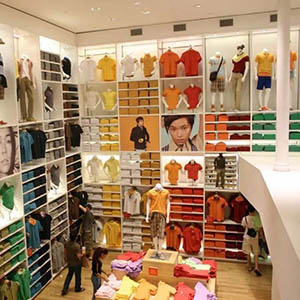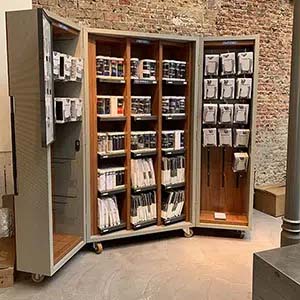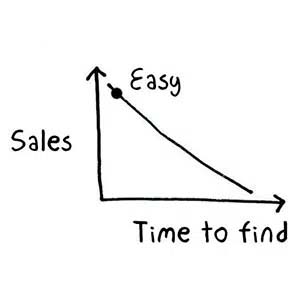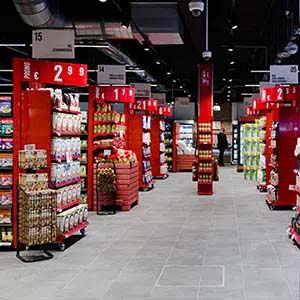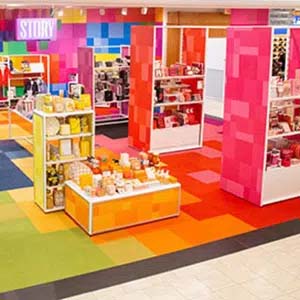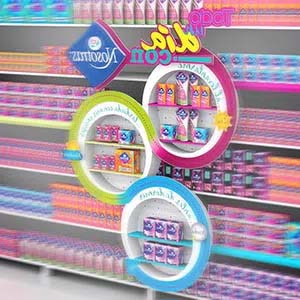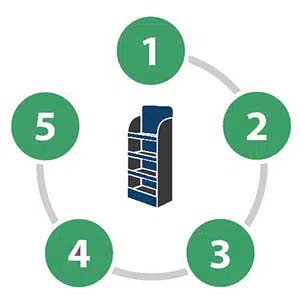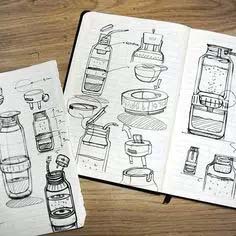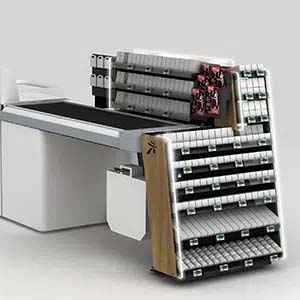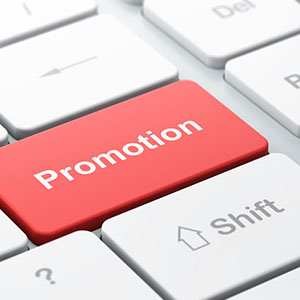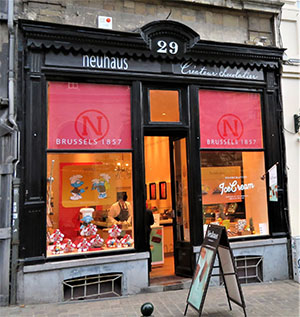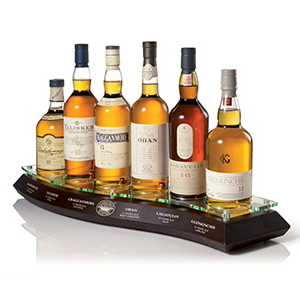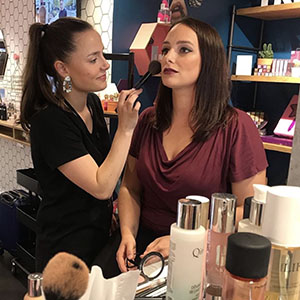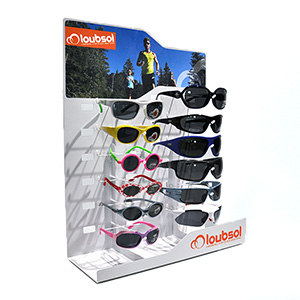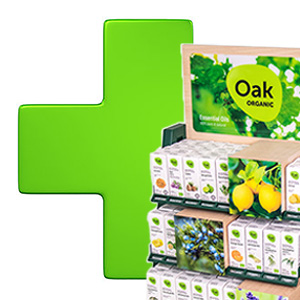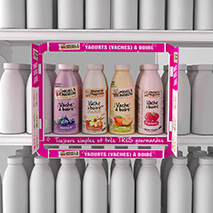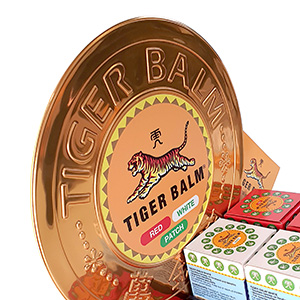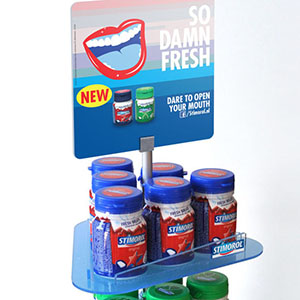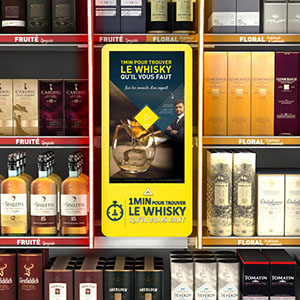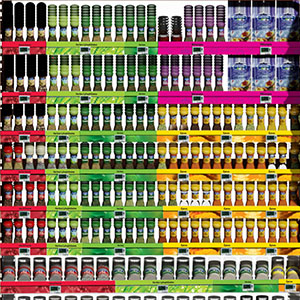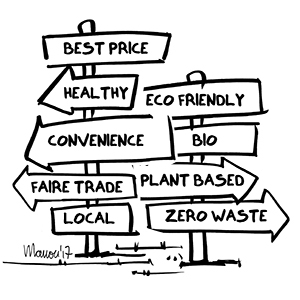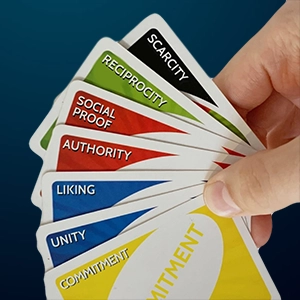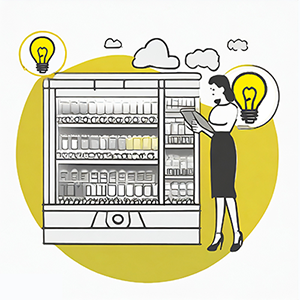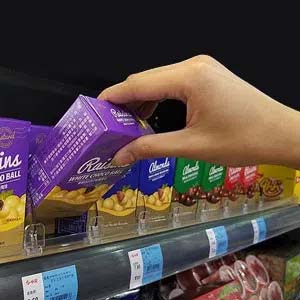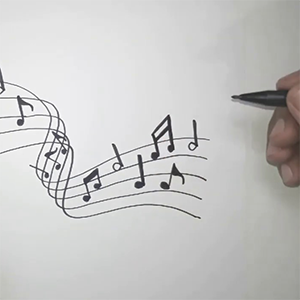About the persuasiveness of POP Marketing: How retail and brand persuade to instant action
Seven persuasion techniques of Dr. Robert Cialdini inspire the instore campaigns by both retail companies and brand manufacturers. This article illustrates the art of persuasion in stores through examples of point-of-purchase (POP) and permanent display materials.
1650 words — bh
#POP #temptation #calltoaction #marketing
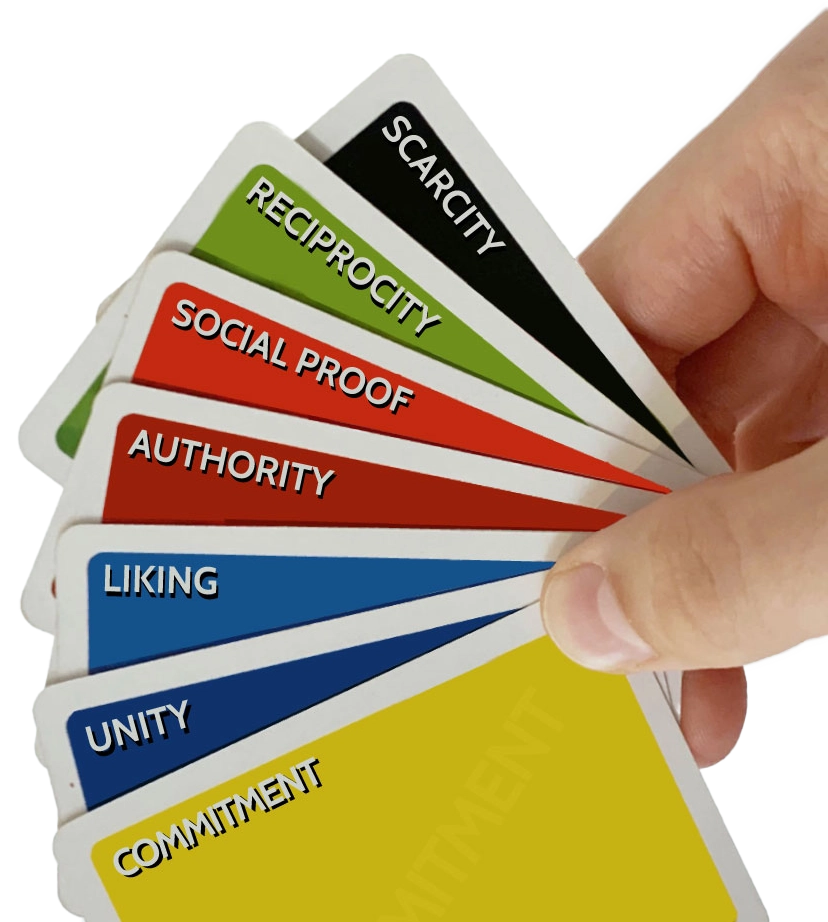
Retail and brand want to entice visitors to buy from their product offerings. The call-to-action lies in the heart of all instore marketing initiatives, such as POP display materials. But how can they create a sense of urgency? How can they excite attention? And hold it until visitors act?
The key lies in using Dr. Robert Cialdini's seven persuasion techniques. With his background in both psychology and marketing, professor emeritus Cialdini gained recognition through his international bestseller Influence. This ground-breaking book was followed by Pre-Suasion.
To anyone selling or consulting, master influencer Cialdini shows how to motivate engagement. His principles are powerful strategies for retail and brand that want to drive shoppers to make instant decisions, and act!
Specializing in the design of commercial furniture, displays, and merchandising solutions intended for retail and stores, Pilotes offers 100% customized point-of-purchase materials tailored to the in-store projects of brands and retailers. Because we care about the climate and environment, we analyze the lifecycle of each project to avoid, reduce, and offset its impact 🌍🌿
Do you have a project planned? Contact us and let’s bring your vision to life together!
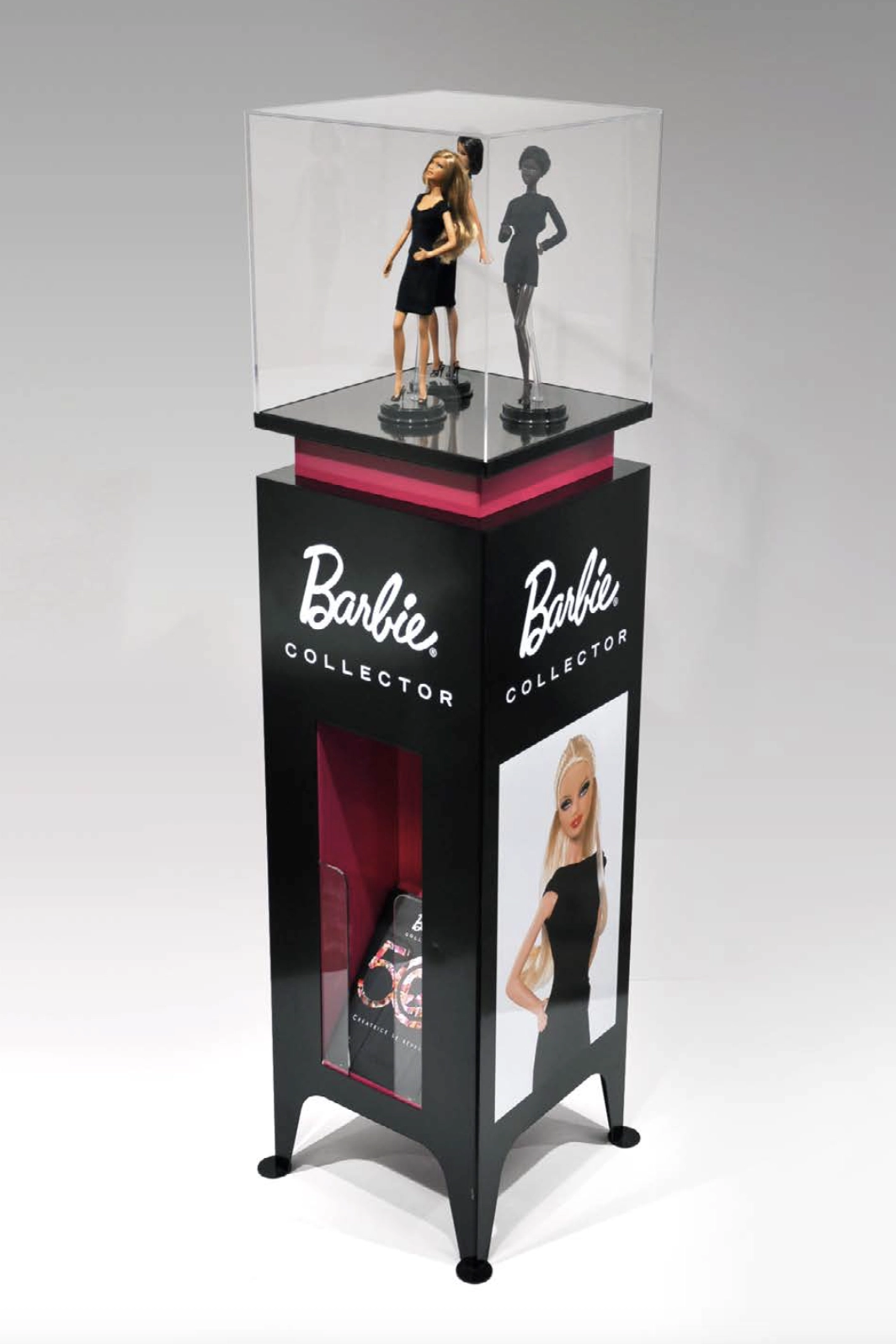
1. Scarcity
By making us feel that supply is limited, retail and brand create a sense of scarcity. We perceive an article as valuable, attractive, and desirable when there is a possibility we can’t acquire is. And if the feeling really catches on, it can change our preference instantly.
Gone=gone! Hurry while stocks last! Now! Last pieces! Last chance! Limited edition! Members-Only Offer! VIP! Private Sale! or pop-up stores, and we say YES! to an offer we weren't looking for. Ciao, bye bye to well-thought buys!
“Our typical reaction to scarcity hinders our ability to think." — Dr. Robert Cialdini
Visual merchandising can also evoke a sense of scarcity. For instance, in their fancy window displays merchandisers create negative space around a single item to convey exclusivity. Or, buyers tend to assign higher value to items presented in a quality setting, which is not insignificant when merchandisers aim to persuade to higher quality.
2. Reciprocity
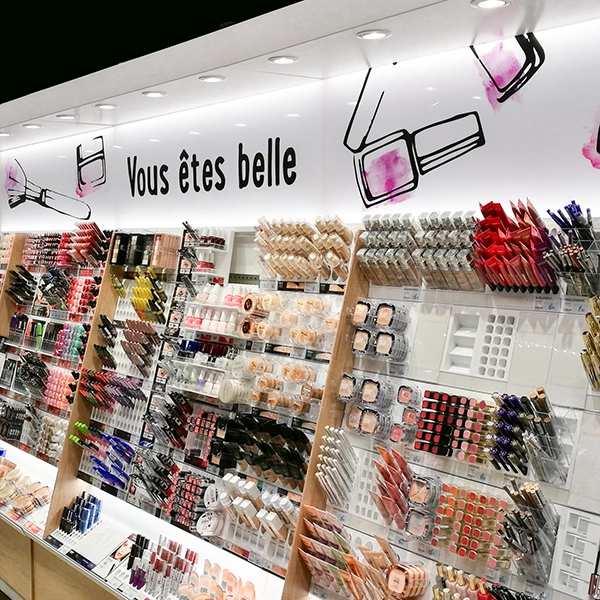
The principle of reciprocity is rooted in our values. After we receive something, we are inclined to give something back. That goes without saying, right?
“I am obligated to give back to you the form of behaviour you first give to me." — Dr. Robert Cialdini
We then immediately think of a physical gift. Any gadget, or premium, that strikes the right chord is offered as a reciprocal call-to-action. But a collaboration doesn't necessarily hinge on a tangible gesture.
For instance, shoppers prefer to buy from shops where they are well (and personally) received, where they can shop reasonably efficiently, and where they easily find and checkout their items.
For the same reason, brands develop merchandising tactics that present their assortment neatly, clearly, conveniently, and accessibly. Also, user-friendly presentations and simplicity minimize the likelihood of making an incorrect purchase. This is how brands build reciprocity with customers in stores.
3. Social proof
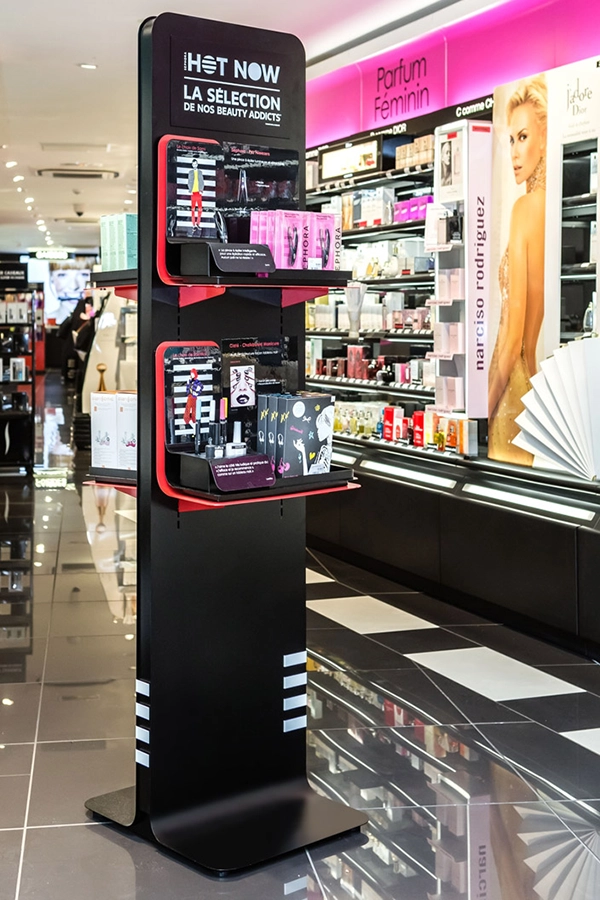
When we make a purchase, especially one that is relatively significant in terms of expense, we want to be sure we’re making the right choice. We often look at what others are doing to help us make a decision — we take a mental shortcut, so to speak, to soothe our cognitive dissonance.
“Without question, when people are uncertain, they are more likely to use others’ actions to decide how they themselves should act." — Dr. Robert Cialdini
Especially on social media, social proof serves as a purchasing incentive — and their raison d'être, but also within the real world. A queue in front of a restaurant is the best advertisement for that restaurant, right?
Also, shoppers infer a lot of information from a brief glance at a face. This is why, for example, manufacturers print POP material with images of groups of happy friends using their product. And in the clothing industry, much attention is paid to the personal characteristics of models. Like no other they define the target audience, not unimportant for a fashion brand we want to be identified with. Or, a radiant face inspires confidence in a beauty brand.
4. Authority

We like to fall back on the expertise and experience of others. In response to our insecurities, experts offer us, once again, a welcome shortcut. So, when we want to develop little knowledge ourselves about a specific offering, or are too busy to do so, we look for people who (we believe) do.
“Once we realize that obedience to authority is rewarding, it is easy to allow ourselves the convenience of automatic obedience." — Dr. Robert Cialdini
Personal advice is arguably one of the main reasons why we go to a store. We want a conversation with associates who entertain us with passion about the products they sell.
But the trend toward self-service forces us to make autonomous decisions. Then, the mere appearance of authority can be enough to trigger our interest. Manufacturers accomplish this by showcasing their products in a carefully curated brand environment, complete with custom-designed display materials, topped with a prominent logo, symbol of authority. The whole setting exudes the manufacturer's serenity about its offerings. And once we experience a sense of expertise and quality, we are attracted to a stronger connection with the brand. That is, when you strip away the frills, the main challenge for any display design.
5. Liking
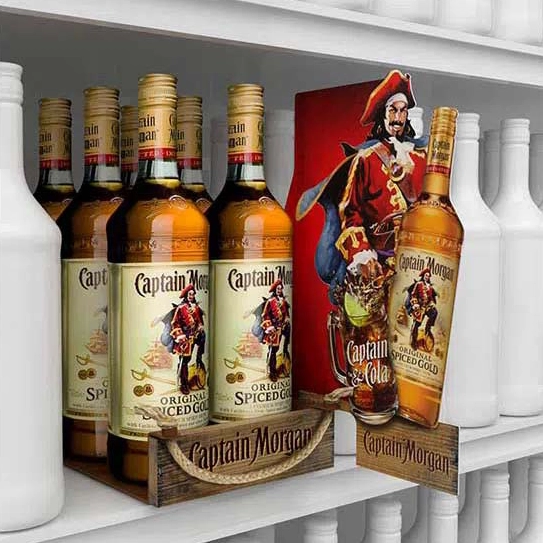
Appreciation is perhaps the simplest but also one of the most powerful of Cialdini's principles: we tend to buy from brands we like, know, trust, or have positive feelings towards.
“Persuasion is the practice of getting people sympathetic to your message before they experience it." — Dr. Robert Cialdini
In most cases, branding experts will build emotional connections to their brand through out-of-store media: TV, radio, web, social media, magazines, etc. Instore, although there are always exceptions, shoppers are not easily seduced by straight brand ads. They are looking for the solution to their problem, or they have a specific goal in mind. One message too many and the brand creates a black hole that no communication manages to get through.
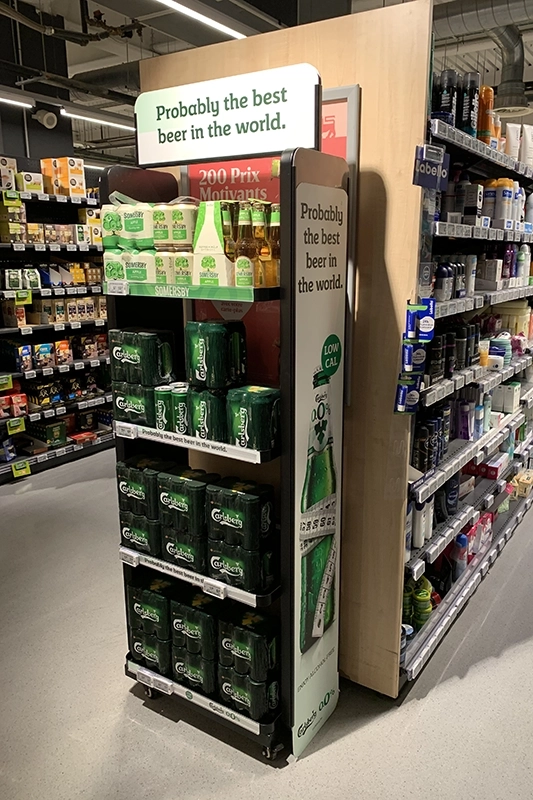
A POP material is a marketing lever that activates relevant memory structures of buyers when they demonstrate commercial intent. Consciously or unconsciously, they entice shoppers to the location of an offer, and call to action.
And let's not forget that a brand is more than a name and logo: design, choice of raw material, color palette, language, imagery, etc. The design of every POS material is rooted in the story and DNA of the brand.
6. Commitment
Hypocrite, flip-flopper, weathercock, renegade, turncoat, defector, ... our vocabulary is rich for those who act like a compass in a tornado. No one wants to appear untrustworthy. We strive for consistency in our deeds and decisions, regardless of their significance. If we don't, we tend to feel uncomfortable.
“We all fool ourselves from time to time in order to keep our thoughts and beliefs consistent with what we have already done or decided." — Dr. Robert Cialdini
Every retailer and brand want to maintain a loyal customer base. With loyalty programs, savings cards, vouchers, or other variable stimuli, such as experience, fun and surprise, they convince customers to commit, usually carelessly.
For the brand, it is crucial to maintain consistency in stores: any call-to-action is best direct, consistent, and immediately recognizable by busy and hurried shoppers.
7. Unity
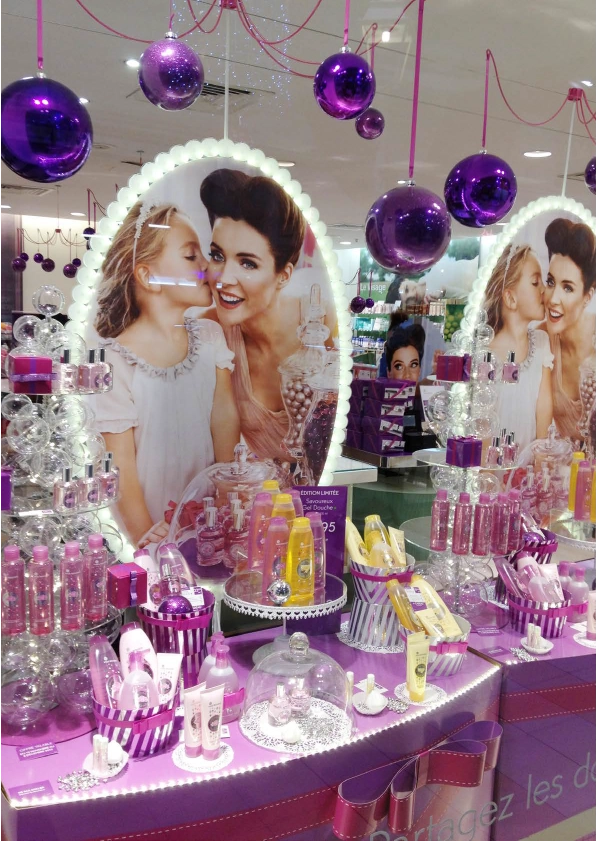
The most obvious expression of unity occurs within a family. Family members will do (almost) anything for each other.
“We like people who are similar to us." — Dr. Robert Cialdini
Retail and brand can create a feeling of unity by capitalizing on shared values and interests, or by doing something together with customers.
The technique of unity is frequently used in all types of stores, for instance in the DIY, sports, and leisure category. They offer workshops to help customers develop their skills, experience the use of tools, develop curiosity, build confidence, and encourage purchase.
Also in the other categories, stores, brands, and customers, connected by values and positive feelings, can come together to play, have fun, ask questions, and discover novelties, ready to buy. This kind of call-to-action is simply too tempting to resist!
Are you interested in encouraging immediate engagement with permanent POP display materials? Contact us today; we'll be delighted to help you develop your future POP displays, retail furniture or innovative merchandising solutions.
